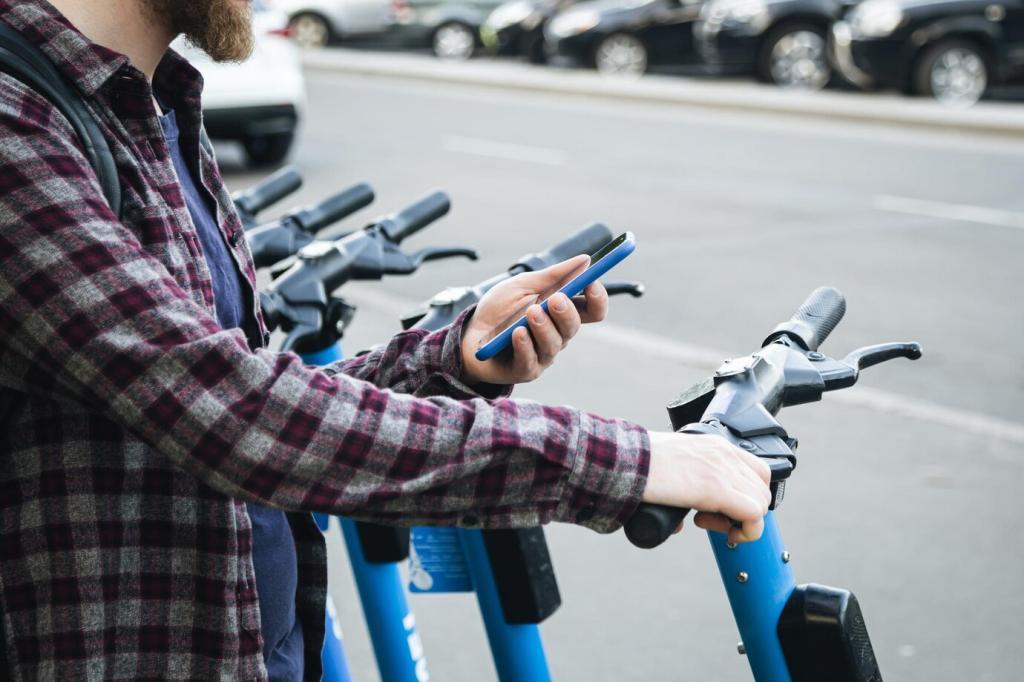Quality, Testing, and Continuous Improvement
Run offline evaluations against labeled datasets, then deploy in shadow mode alongside existing logic. Compare outcomes, track drift, and promote gradually. Close the loop with user feedback that improves both models and copy.
Quality, Testing, and Continuous Improvement
Start with A/B tests to validate hypotheses, then use contextual bandits for faster learning. Define hard stops for error rates, crashes, or churn. Pre-register success metrics to prevent fishing expeditions and bias.








